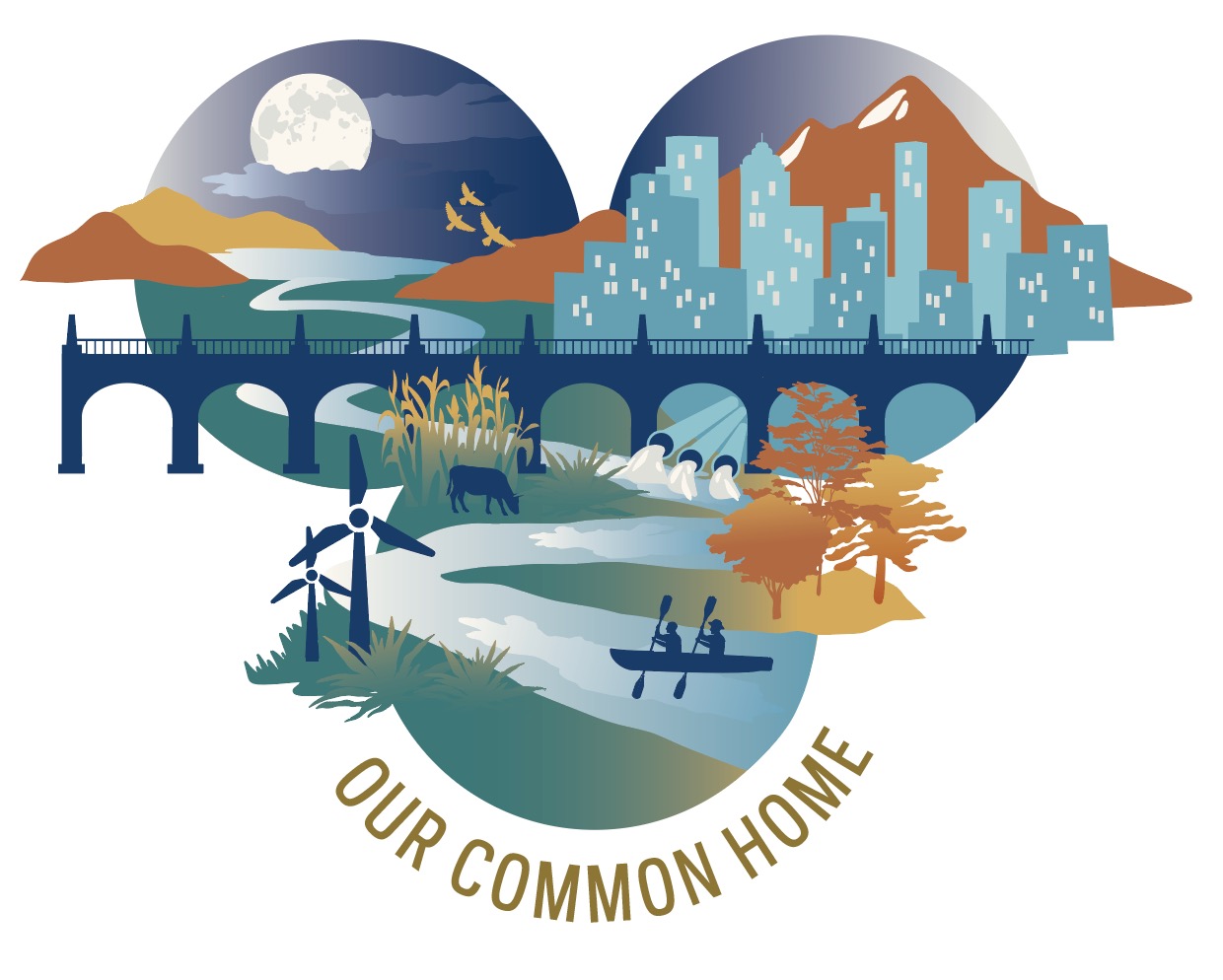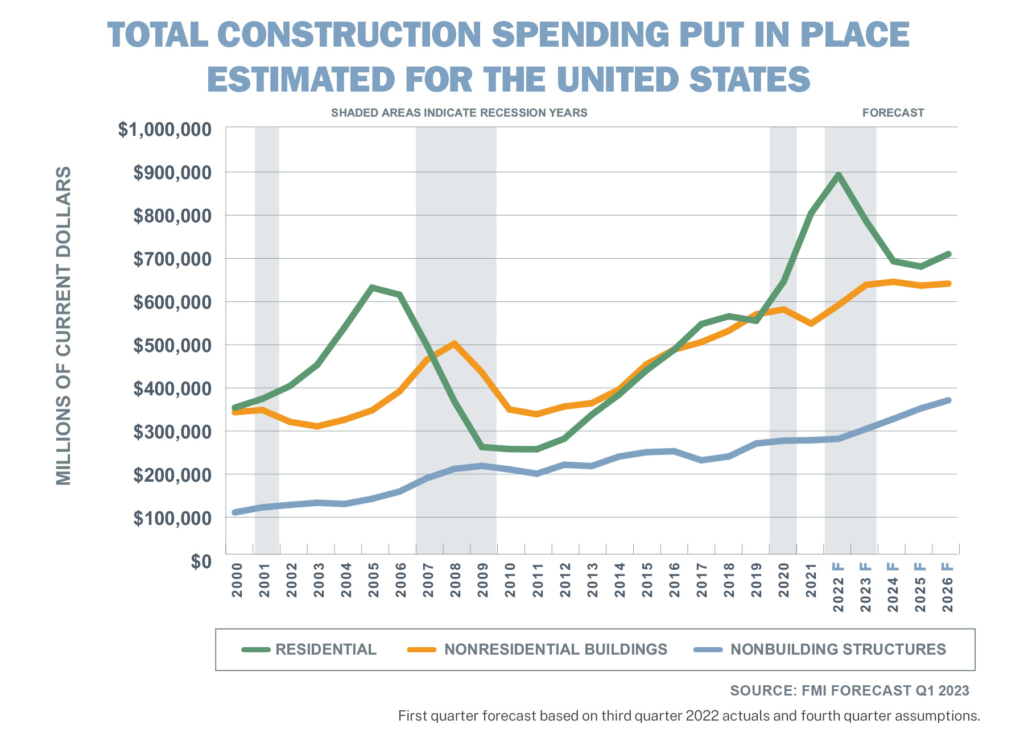
The built environment can generally be described as the human-made or modified facilities and infrastructure that provide people with living, working, and recreational spaces (i.e., “our common home”). The built environment touches all aspects of our lives, encompassing the buildings we live in, the distribution systems that provide us with water and electricity, and the roads, bridges, and transportation systems we use to get from place to place.
Decisions about how and where we build our communities have significant impacts on the natural environment and on human health. Cities, regions, states, and the private sector need information about the environmental effects of their land use and transportation decisions to mitigate growth-related environmental impacts and to improve community quality of life and human health.
The built environment industry is formally referred to as the architecture, engineering, and construction (AEC) industry, and it is poised for strong future spending growth and is receiving heavy investments in technological advancements. Demand for entry level employees in the industry is skyrocketing, and career professionals are enjoying high salaries and job satisfaction. The American Society of Civil Engineers (ASCE) posits that post-graduate education is the necessary standard for professional practice in the built environment industry.

Figure 1: Credit Erin Walsh and Diogo Bolster